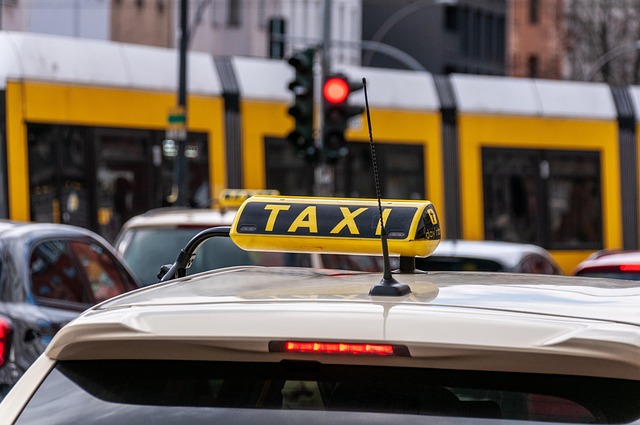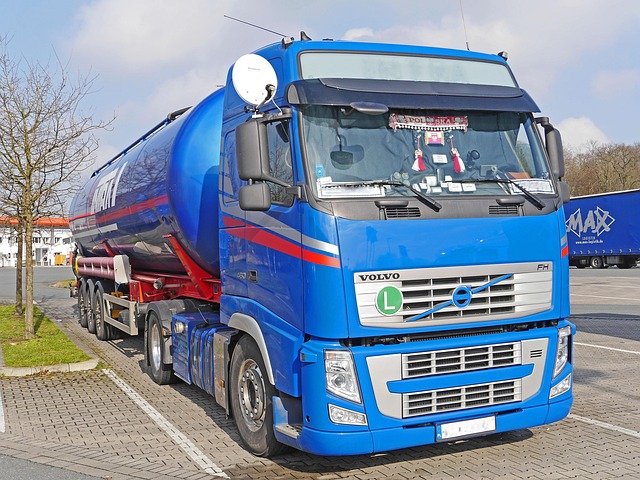Registering a car in California might seem like a daunting task, but with the right preparation, it can be a smooth process. This comprehensive guide breaks down each step of the DMV registration process, ensuring you’re ready from start to finish. From gathering essential documents to verifying your Vehicle Identification Number (VIN) using reliable dmv vin verifier tools, we cover everything. Learn how to complete your registration application accurately and efficiently submit it along with the required fees.
- Understanding the DMV Registration Process
- Preparing Your Documents for Registration
- Verifying Your Vehicle's Identification Number (VIN)
- Completing the Registration Application
- Submitting and Paying for Your Registration
Understanding the DMV Registration Process

Registering a car in California involves navigating a process overseen by the Department of Motor Vehicles (DMV). It’s crucial to understand this process to ensure your vehicle is legally operable within the state. The first step begins with acquiring necessary documents, including proof of ownership, vehicle identification number (VIN) verification, and valid identification. The DMV’s website offers comprehensive guides and forms to assist in gathering these essentials.
One key aspect of this process involves utilizing a DMV-approved VIN verifier. This tool ensures the accuracy of your vehicle’s VIN, which is essential for registration. Whether it’s through an online service or a mobile vin inspection, ensuring the VIN is correct prevents future issues. By combining proper documentation with a reliable vin inspection method like those offered by the DMV, you can smoothly progress through the car registration process in California.
Preparing Your Documents for Registration

Before you start the registration process, it’s crucial to prepare your documents. Gather all necessary paperwork, including your vehicle’s registration certificate from the previous state, proof of insurance, and a valid driver’s license. Additionally, ensure you have the Vehicle Identification Number (VIN) from your car, as this is essential for verification purposes. Utilize a DMV VIN verifier or even a mobile vin verification app to cross-check the VIN with the vehicle’s details, ensuring accuracy.
A mobile vin inspection can help you save time and effort by allowing you to verify the VIN and other crucial information digitally. This step is critical as incorrect details may delay or even prevent your car registration from being approved in California.
Verifying Your Vehicle's Identification Number (VIN)

Before registering your car in California, it’s crucial to verify your Vehicle Identification Number (VIN). This unique 17-character code is a critical piece of information used to identify your vehicle and ensure its history is accurately documented. One efficient way to do this is through a mobile vin inspection or using a mobile vin verifier. These services allow you to quickly and easily check the VIN’s validity, ensuring it matches the vehicle you intend to register.
By cross-referencing the VIN with specialized databases, these mobile vin verification tools can provide insights into the car’s past, including ownership history, accident reports, and outstanding recalls. This is a vital step in the registration process as it helps prevent fraud and ensures you’re making an informed decision when purchasing or registering a vehicle.
Completing the Registration Application

Completing the Registration Application involves gathering all necessary documents and filling out the form accurately. Start by obtaining a Vehicle Identification Number (VIN) verifier from the DMV, which is crucial for verifying ownership and identifying your car’s unique specifications. This process can often be facilitated through a mobile VIN inspection or verification service, making it more convenient than ever to ensure your vehicle’s details are up-to-date.
Once you have your VIN verifier, collect essential paperwork such as proof of insurance, your driver’s license, and the title (or registration) of your vehicle. Fill out the registration application completely, double-checking all information for accuracy. This includes providing detailed descriptions of any modifications made to your car, as well as ensuring that all owners listed on the title are included in the registration process.
Submitting and Paying for Your Registration

After gathering all the necessary documents and ensuring your vehicle meets California’s requirements, it’s time to submit your registration application. You can do this through several convenient methods offered by the Department of Motor Vehicles (DMV). One efficient way is to use a mobile vin verifier or a mobile vin inspection tool that allows you to transmit your Vehicle Identification Number (VIN) data digitally. This ensures quick and accurate verification, streamlining the process.
When submitting your application, be prepared to pay the registration fee along with any applicable taxes and fees. The DMV accepts various payment methods, including cash, credit cards, and debit cards. Make sure to double-check the total amount due, as it can vary based on factors such as vehicle type, model year, and emissions status. A successful submission is just a step away, thanks to modern tools like mobile vin verifiers that simplify the initial stages of car registration in California.
Registering a car in California involves understanding the DMV registration process, preparing essential documents, verifying your vehicle’s VIN using a trusted DMV VIN verifier, completing an application, and submitting it along with the required fees. By following these steps, you ensure that your vehicle is legally registered, making it easier to drive and access various services. Remember, a correctly registered vehicle protects both you and other road users, so take the time to get it right using tools like a DMV VIN verifier.
